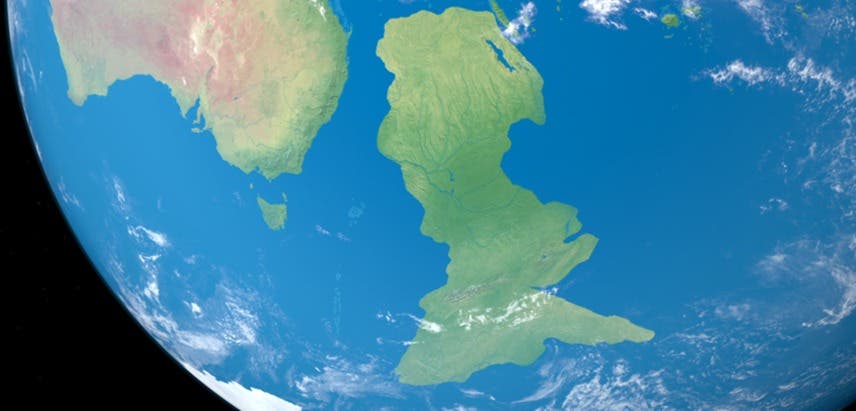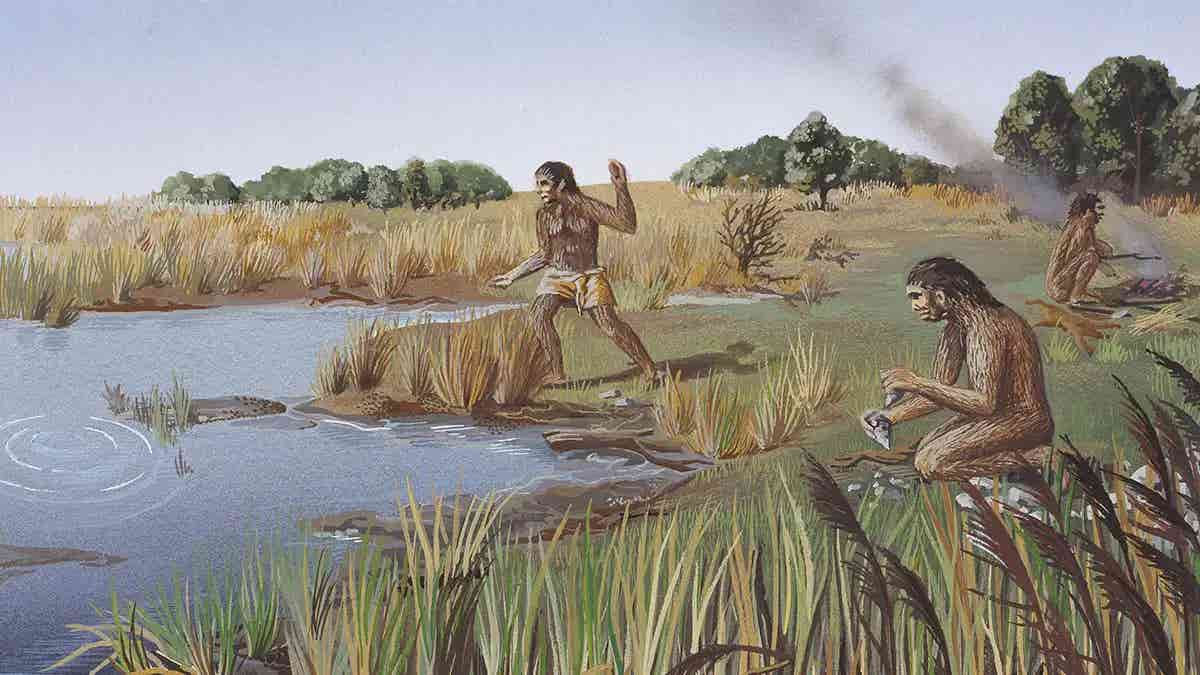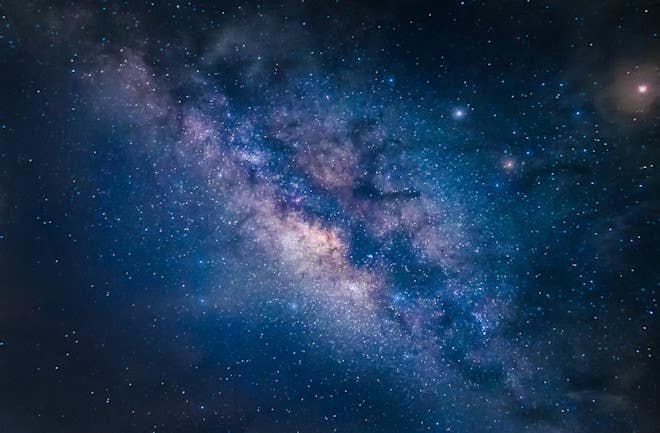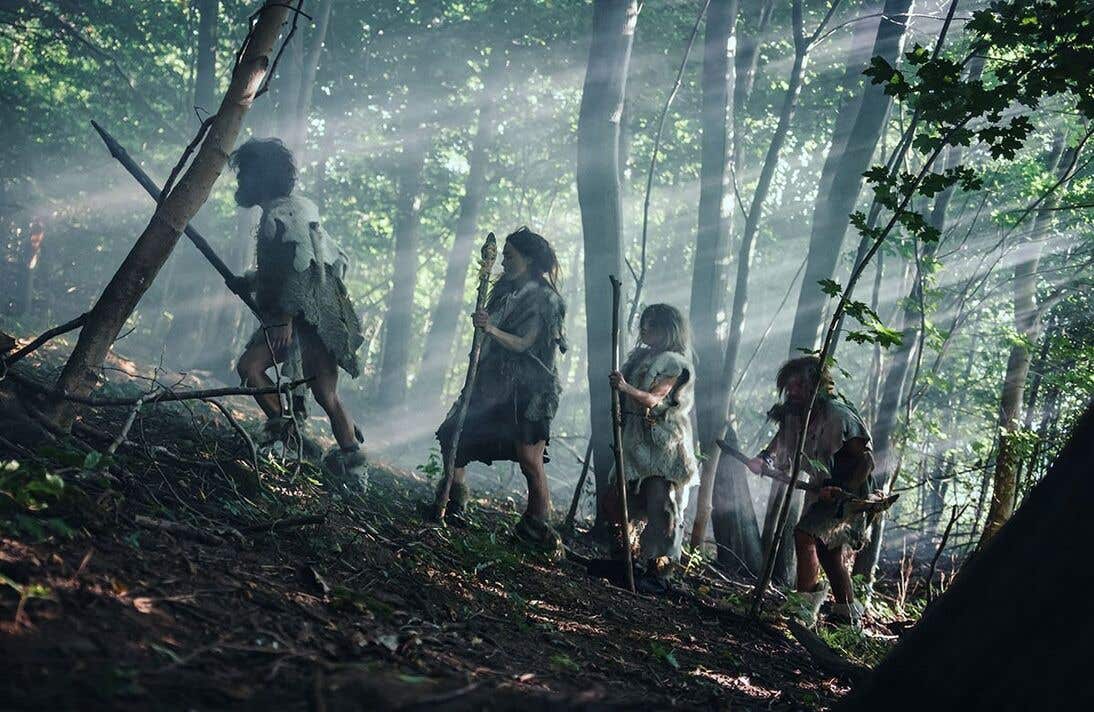Welcome to Zealandia: Earth’s lost eighth continent has been found
Zealandia, often dubbed as the Earth’s potential eighth continent, has captured the attention of the global scientific community.

An artistic impression of Zealandia. (CREDIT: Ianm35/Creatas Video+/Getty Images Plus)
Concealed within Earth's oceanic cradle, a submerged continent, long hidden from sight, emerges from the shadows. Zealandia, often dubbed as the Earth's potential eighth continent, has captured the attention of the global scientific community.
The entire, nearly two-million-square-mile expanse of this submerged landmass has been meticulously mapped out by a research team, bringing Zealandia out of obscurity and into the limelight.
Zealandia: A Glimpse into Earth’s Hidden Past
The very existence of Zealandia, with 95% of its mass lost beneath the waves, has always posed intriguing questions for geologists. Its association with the ancient supercontinent of Gondwana, which fragmented hundreds of millions of years ago, offers a tantalizing glimpse into our planet's tectonic evolution.
The most recognizable parts of Zealandia that remain above water are the islands of New Zealand. (CREDIT: Tectonics)
"Zealandia's history is inextricably linked to the breakup of the massive Gondwana supercontinent," says a geologist. Around 80 million years ago, Zealandia began its descent into the depths, a fate unlike its neighbors, Australia and Antarctica. Today, the most recognizable parts of Zealandia that remain above water are the islands of New Zealand.
The recent study, as documented in the journal Tectonics, showcases the diligent efforts of researchers from GNS Science of New Zealand. Led by the esteemed Nick Mortimer, the team delved into the submerged northern regions of Zealandia.
Mortimer and his team employed an innovative process: dredging rock samples from the Fairway Ridge to the Coral Sea. Their findings were astounding.
Related Stories:
The array of rocks retrieved – pebbly and cobbley sandstone, fine-grain sandstone, mudstone, bioclastic limestone, and basaltic lava – spanned diverse time periods, offering a timeline of Zealandia's geological evolution.
"By dating these rocks and studying the magnetic anomalies they presented," the researchers said, "we were able to map the major geological units across North Zealandia." Their statement resonates with profound significance: "This work completes offshore reconnaissance geological mapping of the entire Zealandia continent."
A Journey Back in Time: Zealandia's Geological Tapestry
The rocks tell a fascinating story. Sandstone samples, dating back roughly 95 million years to the Late Cretaceous period, were identified. In stark contrast, granite and volcanic pebbles from as far back as 130 million years (the Early Cretaceous period) were also unearthed. The basalts represented a more recent history, hailing from the Eocene period about 40 million years ago.
Geological mapping revealing the connections between Zealandia and Antarctica. Permian samples (blue), Median Batholith (pinks). (CREDIT: Tectonics)
However, the study also challenged conventional theories. Instead of the popularly believed strike-slip breakup, the researchers posited a different mechanism.
Zealandia and West Antarctica's internal deformation indicated that plate stretching led to subduction-style cracks, paving the way for the Tasman Sea's formation. Following this, Antarctica's continued detachment further thinned Zealandia's crust, sealing its predominantly underwater destiny. This continental crust thinning, varying up to a staggering 65 degrees, presented an anomaly in geological understanding.
"By dating these rocks and studying the magnetic anomalies they presented," the researchers said, "we were able to map the major geological units across North Zealandia." (CREDIT: Tectonic)
The quest to unravel Zealandia's mysteries underscores the importance of continued exploration and research. Even if submerged, its vast expanse and unique geological attributes make it an unparalleled marvel.
In the words of a scientist from New Zealand, "Zealandia's underwater status in no way diminishes its geological significance." As researchers globally continue to uncover Zealandia's secrets, they shed light not only on this hidden continent's past but also on the dynamic, ever-evolving narrative of our planet.
For more international good news stories check out our Global Good section at The Brighter Side of News.
Note: Materials provided above by The Brighter Side of News. Content may be edited for style and length.
Like these kind of feel good stories? Get the Brighter Side of News' newsletter.
Joseph Shavit
Head Science News Writer | Communicating Innovation & Discovery
Based in Los Angeles, Joseph Shavit is an accomplished science journalist, head science news writer and co-founder at The Brighter Side of News, where he translates cutting-edge discoveries into compelling stories for a broad audience. With a strong background spanning science, business, product management, media leadership, and entrepreneurship, Joseph brings a unique perspective to science communication. His expertise allows him to uncover the intersection of technological advancements and market potential, shedding light on how groundbreaking research evolves into transformative products and industries.



